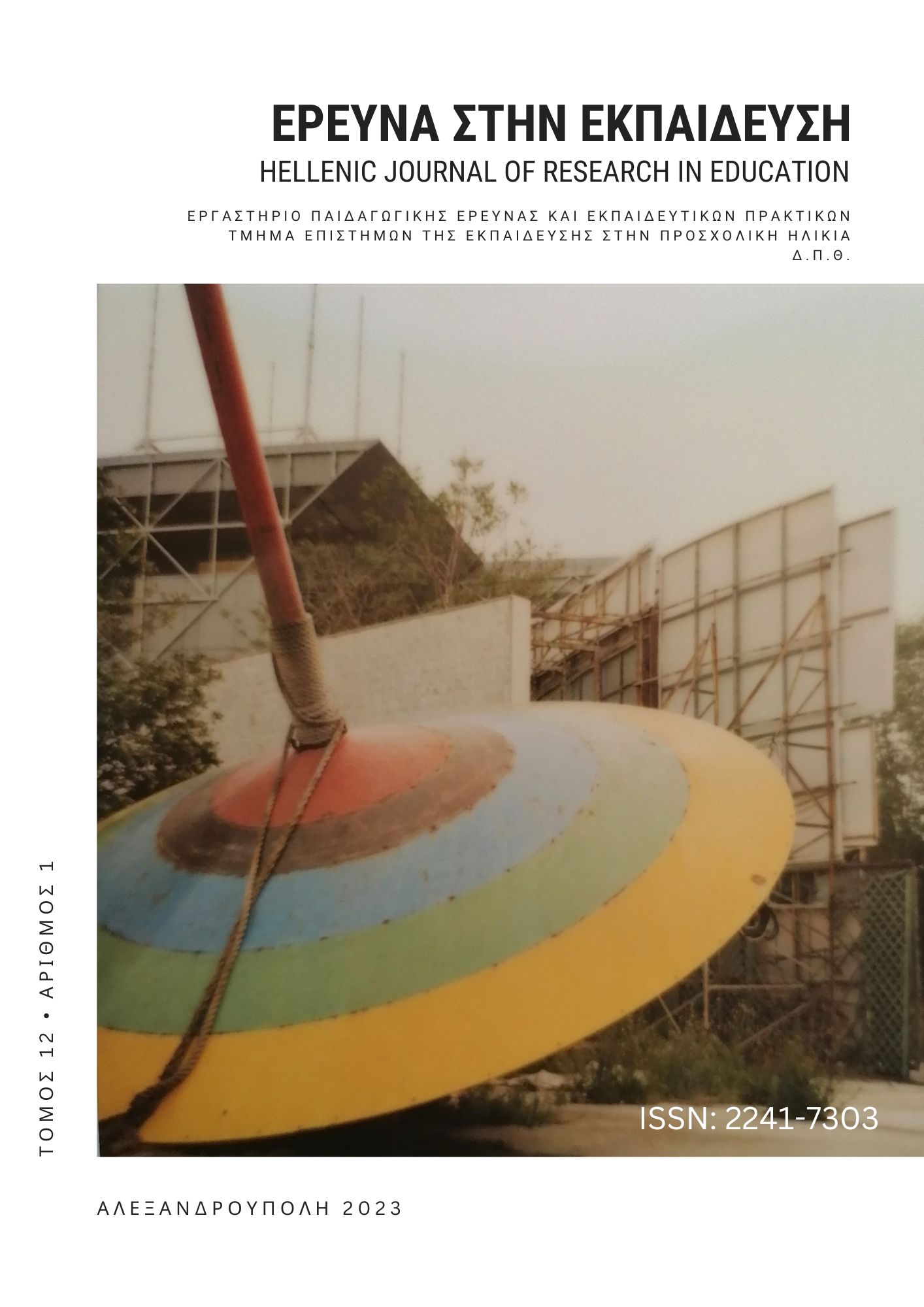Color, archetypes and symbolisms in informational books for children. The case of fictional biographies.

Abstract
Children's books’ authors often rely on colors’ emotional, social, semiotic and cultural function, as well as the cultural and social associations of colors for conveying information and emotional subtext in their books and stimulate young minds to make associations that will become the building blocks for later learning. Τhe article focuses on Maria Angelidou’s six fictional biographies for children, that combine fictional elements with historical knowledge and belong to the author’s series “Byzantium in Six Colors” (Metaichmio, Ill. Katherine Veroutsou). In this specific series Angelidou (re)writes the history of exceptional but not so popular Byzantine figures, based on the symbolic declinations of Red, Gold, White, Black, Green and Blue color. What makes these books original and interesting is their genre, Angelidou’s intent to rewrite silenced histories, meaning the deliberately omitted, incomplete or inaccurate histories and the fact that the information about each character is linked to the colors’ aesthetic, cognitive, communicative and psychological dimension. We will examine the way the author, on the basis of the socio-cultural imaginary and the universal meanings of colors which over time progressed from archetypes to symbols, chose to narrate cosmogenic tales and myths to children, as well as to approach History in a hermeneutical, interpretative way, so that Byzantine peoples’ lives are understood as historical.
Article Details
- How to Cite
-
Angelaki, R. T. (2023). Color, archetypes and symbolisms in informational books for children. The case of fictional biographies . Hellenic Journal of Research in Education, 12(1), 147–163. https://doi.org/10.12681/hjre.35107
- Issue
- Vol. 12 No. 1 (2023)
- Section
- Articles

This work is licensed under a Creative Commons Attribution-NonCommercial-ShareAlike 4.0 International License.
Authors who publish with this journal agree to the following terms:
- Authors retain copyright and grant the journal right of first publication with the work simultaneously licensed under a CC-BY-NC-SA that allows others to share the work with an acknowledgement of the work's authorship and initial publication in this journal.
- Authors are able to enter into separate, additional contractual arrangements for the non-exclusive distribution of the journal's published version of the work (e.g. post it to an institutional repository or publish it in a book), with an acknowledgement of its initial publication in this journal.
- Authors are permitted and encouraged to post their work online (preferably in institutional repositories or on their website) prior to and during the submission process, as it can lead to productive exchanges, as well as earlier and greater citation of published work (See The Effect of Open Access).


